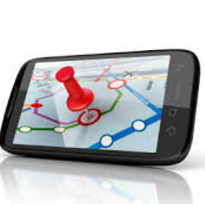One crore assets geotagged under GeoMGNREGA initiative
MGNREGA has reached a major milestone by geotagging one crore assets created under it. The geotagged assets have been put in public domain. The scale of assets created under MGNREGA is massive and is estimated to be about 2.82 crore assets since the financial year 2006-07. On an average, it works out to a creation of 30 lakh assets annually.
The type of assets created under MGNREGA includes water harvesting structures, plantations, rural infrastructure, flood control measures, individual assets for sustainable livelihood, community infrastructure etc. As per the Ministry of Rural Affairs, all assets created under MGNREGA will be geotagged and special focus would be given to geotagging of Natural Resource Management works primarily the water-related works.
The geotagging exercise is expected to usher in greater transparency and accountability at field level.
Background
Geotagging of assets created under MGNREGA was started after Prime Minister Narendra Modi emphasised the need for online recording and monitoring of assets to check leakages. Subsequently, on June 24, 2016, the Ministry of Rural development signed a MoU with National Remote Sensing Centre (NRSC), ISRO and National Informatics Centre to geotag MGNREGA assets created under each village panchayats.
The geotagging exercise commenced from 1st September 2016. Gram Rozgar Sahayak or a junior engineer uploads the photos of assets on the Bhuvan web portal run by ISRO’s National Remote Sensing Centre via a mobile app. The time and location of the asset get automatically encrypted at the time of upload of the photos. In this way, within a span of seven months, one crore assets have been geotagged and shared in public domain.
In January 2017, Kangra district (Himachal Pradesh) became the first district in the country to geotag all the assets created under MGNREGA.
Geotagging is a process of adding geographical identification in the form of metadata to various media like websites, SMS, QR codes, RSS feeds, geotagged photographs etc. The data usually consists of parameters like latitude, longitude, altitude, distance, place names etc. It can help to find a range of location specific information from a device.
Month: Current Affairs - April, 2017


